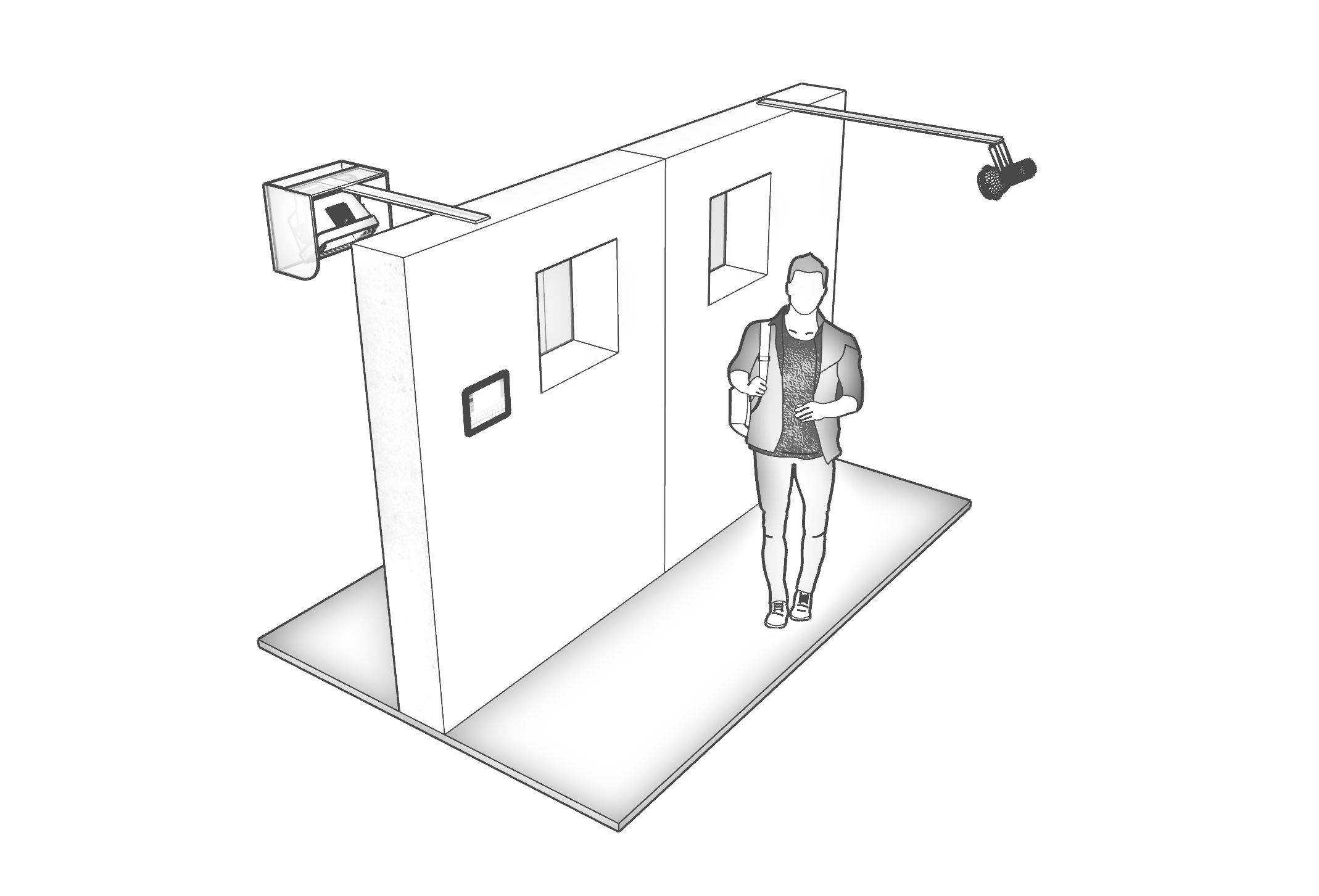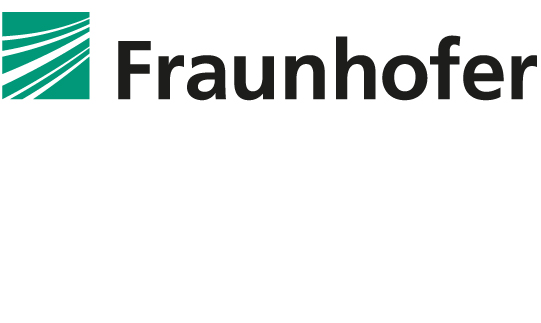LIGNA 2025:
Innovative façade element for sustainable construction
At LIGNA 2025, researchers from the Fraunhofer WKI will be presenting a new type of curtain-wall element as a sustainable solution for the renovation and modernization of buildings. Not only durable raw materials such as robinia wood are thereby utilized: Less durable wood species such as spruce, poplar and kiri have also been optimized using bio-based coatings. As a result, the entire application spectrum of wood-based materials for building façades is thereby showcased. The exhibit can be seen at LIGNA 2025, Hall 26, Stand B78 from the 26th to the 30th of May 2025 in Hanover.

The innovative façade element demonstrates new approaches to sustainable and modular timber construction, both in renovation and modernization, and is therefore the highlight at the Fraunhofer WKI stand. During its development, the researchers focused on the consistent implementation of circular utilization concepts for renewable raw materials such as robinia and kiri wood as well as calamity wood. This combines resource conservation with longevity. Furthermore, the scientists have combined materials such as wood and cement in order to increase the functionality and allow for different areas of application.
Innovative approaches to the integration of sensor technology in the materials sector will also be presented: The sensor technology of the future will be able to serially record temperature, moisture development and material changes. As a result, it will be possible to detect and evaluate stresses in the structure at an early stage. Material fatigue can be identified in good time and the replacement of components can be initiated. Intelligent concepts for the utilization of the accumulated information are also being researched, for example for the needs-based management of energy generation and consumption.
In the load-bearing area, the researchers are focusing on innovative wood-based materials such as laminated strand lumber (LSL) and oriented strand lumber (OSL), which ensure effective machining and processing and enable a wide range of raw materials to be utilized as starting materials. These materials combine strength with ecological advantages and contribute towards reducing the CO2 footprint.
For the insulation, the scientists use advanced mycelium- and paludi-based insulation products as well as recycled insulation materials. These materials are characterized by excellent insulation properties and contribute towards the energy efficiency of the buildings.
For the mycelium insulation material developed in collaboration with the Braunschweig start-up “YcoLabs”, for example, the researchers at the Fraunhofer WKI use the organic growth of fungal mycelium as a natural binder in order to process plant residues – such as hemp hurds, wood shavings or elephant-grass fibers – into insulation materials. A particular advantage here is that the insulation materials can be grown into virtually any shape and size. As a result, they are highly versatile. In subsequent pilot projects with the construction industry, the researchers intend to further develop the insulation materials to create various marketable products.
The façade element presented at LIGNA 2025 offers an innovative, sustainable and functional solution for both modern construction projects and the modernization of existing buildings.
Last modified:
 Fraunhofer Institute for Wood Research
Fraunhofer Institute for Wood Research 
